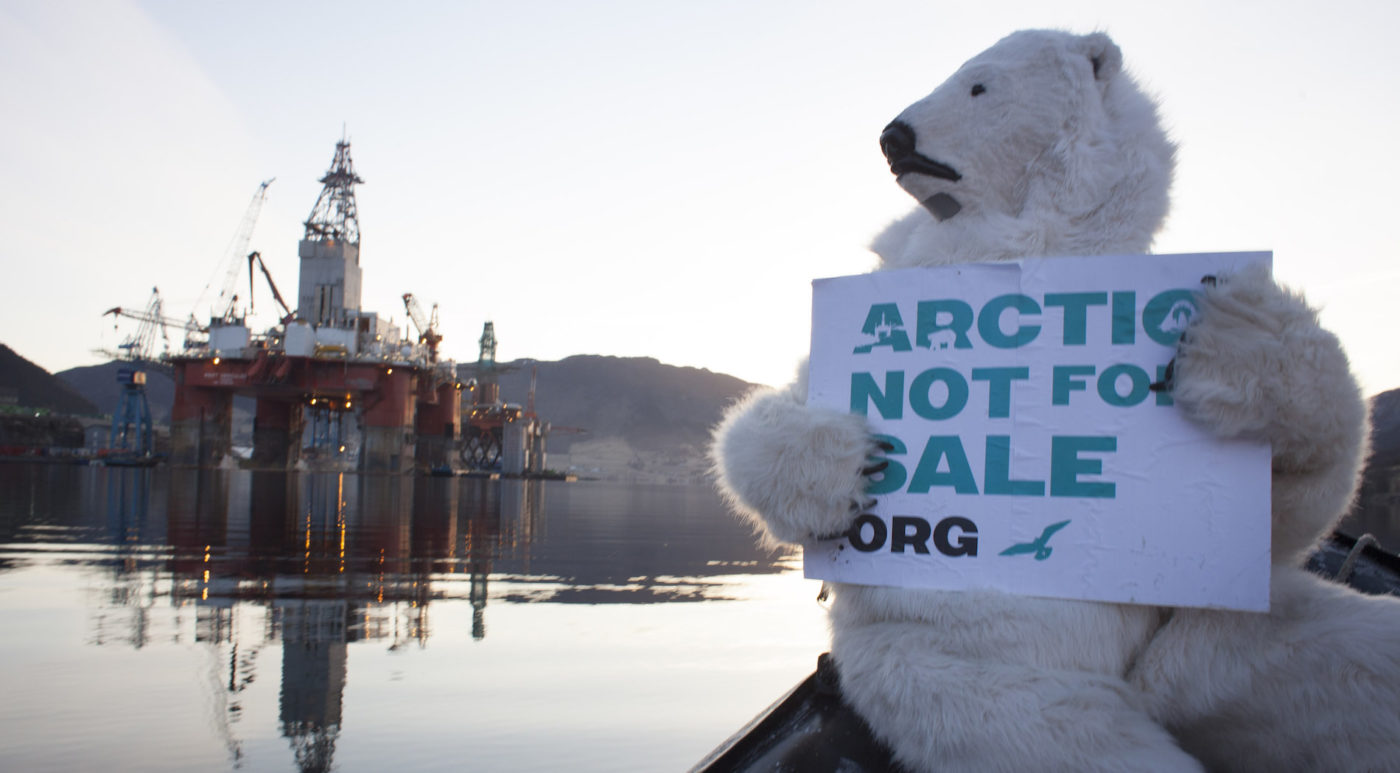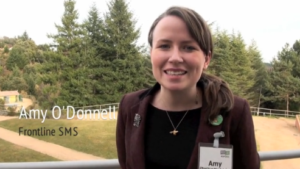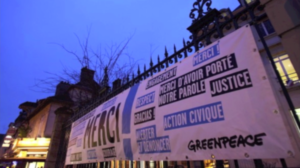This week, the global Actions community within Greenpeace is coming together to share best practices and lessons learned from recent campaigns. These are the people who coordinate the bold, iconic (and often high risk) actions that set Greenpeace campaigns apart and inspire others to take action.
Thijs Notenboom, the Head of Actions at Greenpeace International, coordinates this global community of actions campaigners and is playing an important role in helping the global organisation think about how to bridge digital mobilisation with offline action to achieve greater impact.
In the clip below, Thijs talks about three ways to innovate on the classic real world “actions” model:
- remote participation: an online activity can now have an immediate and direct impact on real-world actions (e.g closing of a gate or pipe via steps or clicks)
- mobilising more people: rapid communication tools linking supporters or individuals to actions can mobilise people in record time– to get people in the streets or invite them to join a Greenpeace campaign action (eg. Greenpeace Germany mobilised many people to make a 200,000-person human chain between two power plants)
- crowd-powered research: we can work with our global online supporters community to help build intel that powers campaign actions (e.g. does anyone know anyone who could tell us where the oil rig is heading?)
Thijs also sends an important message to digital campaigners and digital mobilisation pros: to achieve truly innovative and breakthrough mobilisation efforts, we need to understand what actions coordinators and campaigners really mean when planning or executing Direct Actions, Direct Communications, Photo Opportunities, and Protests.
The differences between these four tactics are significant, and they play uniquely different roles in winning campaigns. Just as campaigners need to understand how new digital tools and strategies work (like social media) to be effective in designing campaign strategy, digital campaigners need to appreciate the nuances between these types of actions to make valuable contributions to campaign planning.
Categories:
organising, mobilising and engagement


